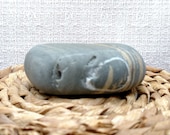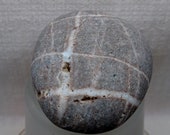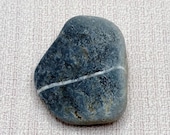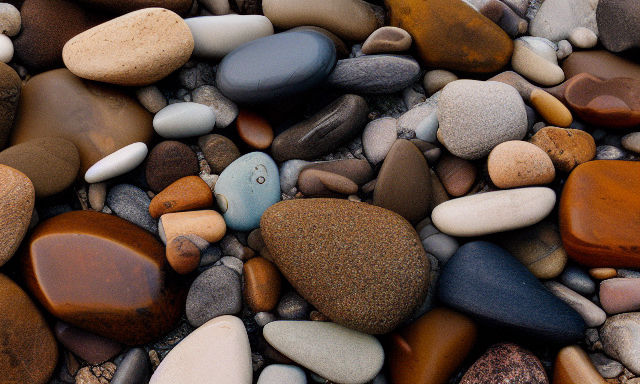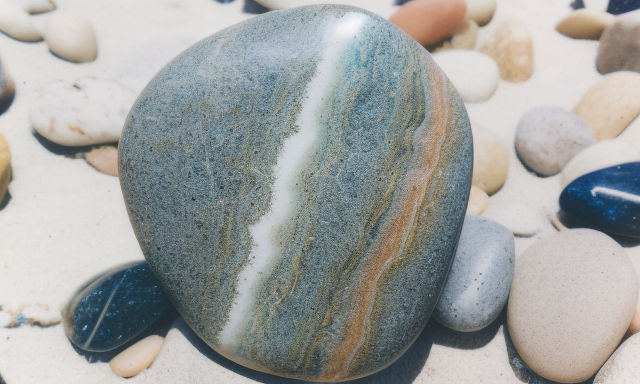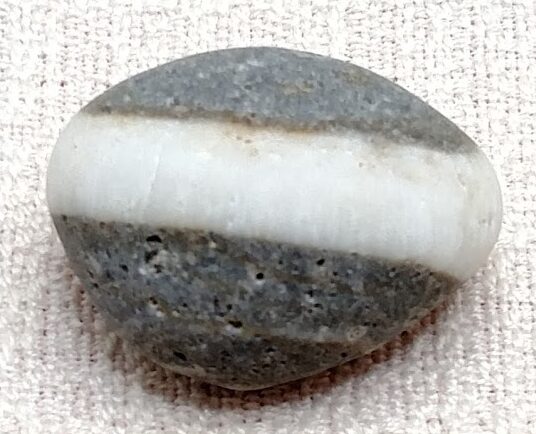The Legends and History of Wishing Stones
In the realm of folklore and ancient traditions, there exists a fascinating legend that surrounds the concept of “wishing stones.” These small, unassuming treasures, often found along the shores of beaches or in riverbeds, carry with them a rich history rooted in the beliefs and customs of various cultures around the world. In this exploration, we dive into the legends and history of wishing stones, uncovering the mystical stories and significance behind these enchanting finds.

The Enchantment of Wishing Rocks
Across Time and Place
Wishing stones are not tied to one particular culture or time period. Rather, they are a global phenomenon, each culture adding its unique twist to the legend. From Scotland to Japan, these stones are believed to have the power to grant wishes, offer protection, or bring good fortune.
In Japan, for instance, wishing stones are known as “Tama Nagare,” and they are thought to hold the essence of flowing spirits. When found, they are believed to bring luck and positive energy to the finder. These ancient traditions reveal the universal appeal and enchantment of these stones.
A Bridge to the Divine
Many legends depict wishing stones as a direct bridge to the divine or a sacred connection to the elements. These stones are sometimes seen as gifts from the gods or spirits, bestowing them with unique properties. For example, in Celtic tradition, these stones are associated with sacred water sources and healing.
Wishing stones that are found near natural springs or rivers are thought to be imbued with special powers. In some cases, they are even considered as miniature altars, places to make offerings and wishes.
Unveiling the Stories of Wishing Stones
The Wishing Stone of Scotland
One of the most well-known legends surrounding wishing stones hails from the mystical landscapes of Scotland. Here, a unique type of rock called “Adder Stones” or “Snake Stones” is believed to possess incredible powers.
These stones, often with naturally occurring holes in the center, are associated with protection against snakebites and the evil eye. To utilize their protective properties, people would wear them as amulets, hang them above their doors, or even keep them on their altars.

Ancient Rituals and Beliefs
In the ancient world, wishing stones were not mere trinkets but integral elements of various rituals and beliefs. People believed that these stones held the essence of the elements, connecting them to the Earth, water, air, fire, and spirit.
In China, for example, “Hong Kong Yawn,” or “wishing stones,” are treasured for their auspicious qualities. They are traditionally used in rituals during the Chinese New Year to wish for good fortune. These stones are also used in divination, enhancing their mystic allure.
The Power of Collective Belief
Wishing Stones on the Coasts
Wishing stones’ connection to coastal regions is especially strong. Coastal communities have long revered these stones, appreciating the calming presence they bring. By collecting and holding these stones, individuals are partaking in a tradition and belief system that spans generations.
Wishing Rocks
Coastal regions, with their ever-changing tides and rugged beauty, provide an environment where wishing stones are abundant. As the sea shapes and smooths these stones, it’s as if they are being prepared to carry the hopes and dreams of those who find them.
A Universal Symbol
Wishing stones, despite their cultural differences, share a common thread—the belief that they can serve as conduits for one’s hopes and desires. The idea that an unassuming stone can hold the power to make wishes come true is a testament to the enduring human spirit. These stones symbolize the unwavering belief in the possibility of a brighter future.
Wishing stones have transcended time and cultural boundaries to become cherished symbols of hope and desire. Whether they are called “Tama Nagare” in Japan, “Adder Stones” in Scotland, or any other name worldwide, the enchanting allure of wishing stones persists. As you hold a wishing stone and make your wish, you are not just participating in a momentary act; you are becoming a part of a timeless tradition—one that unites the world in the belief that dreams can come true.
Disclaimer: The information provided in this article is for educational purposes only and should not be considered as a substitute for professional advice. Consult with a qualified expert for any medical, mental health, or cultural concerns.

